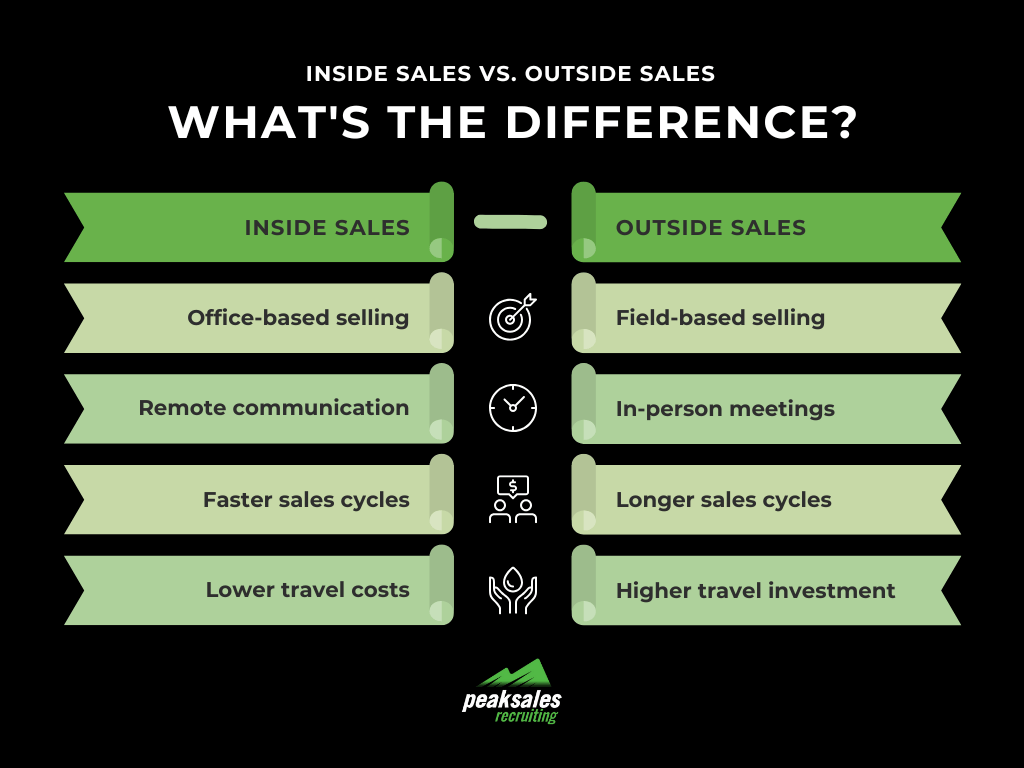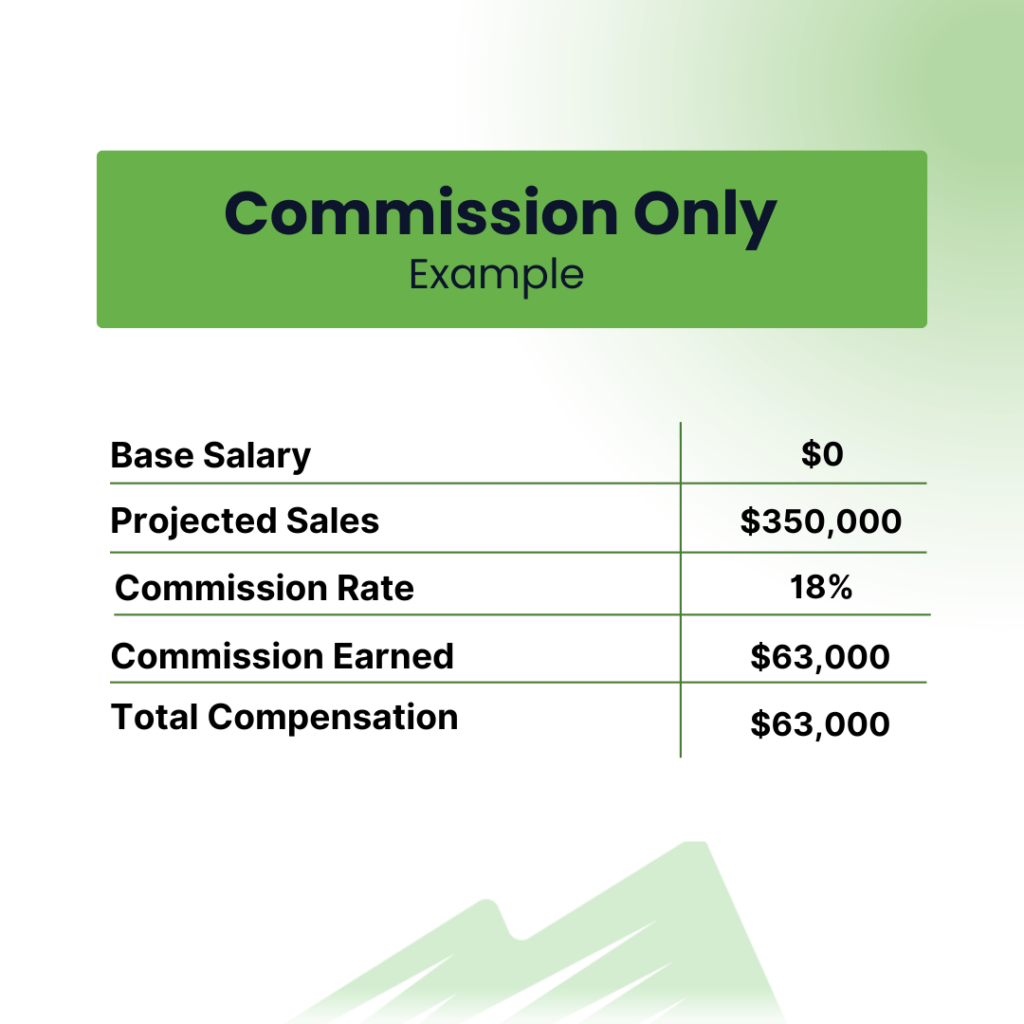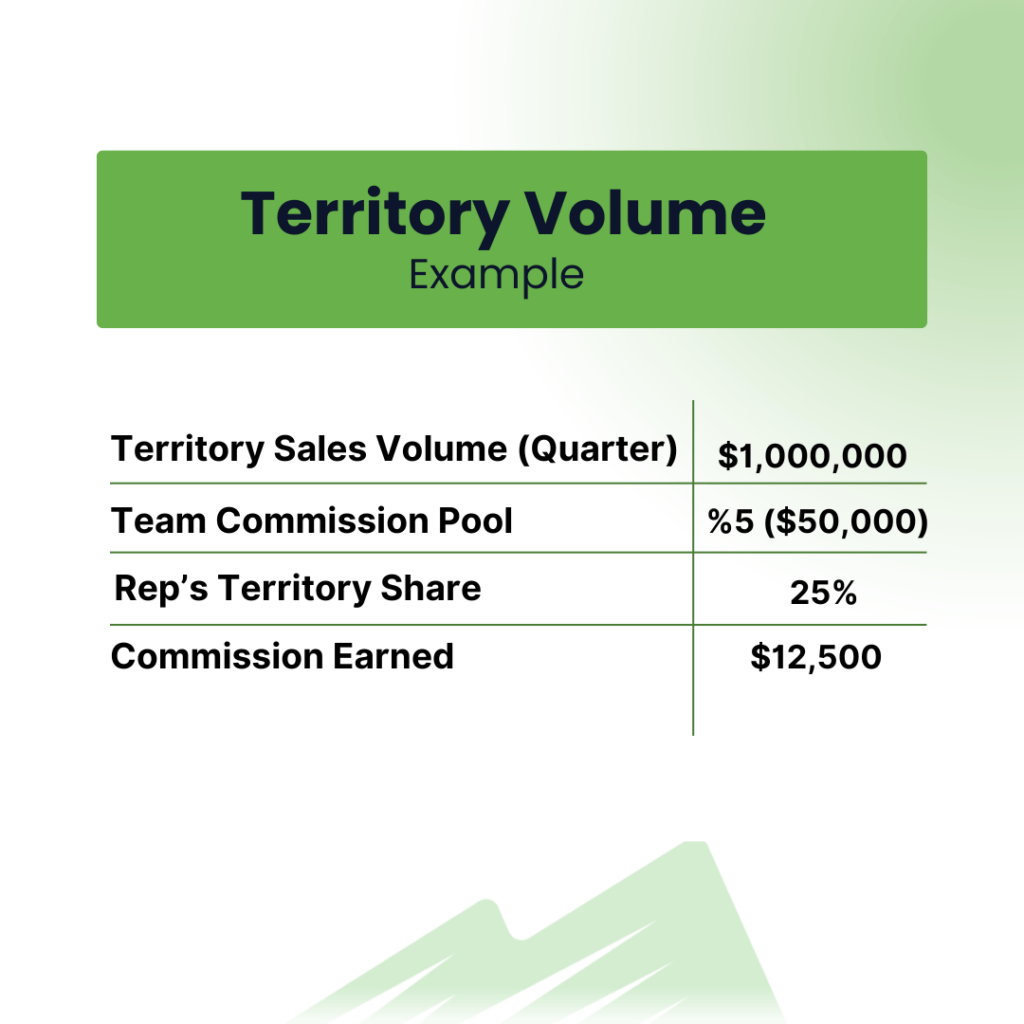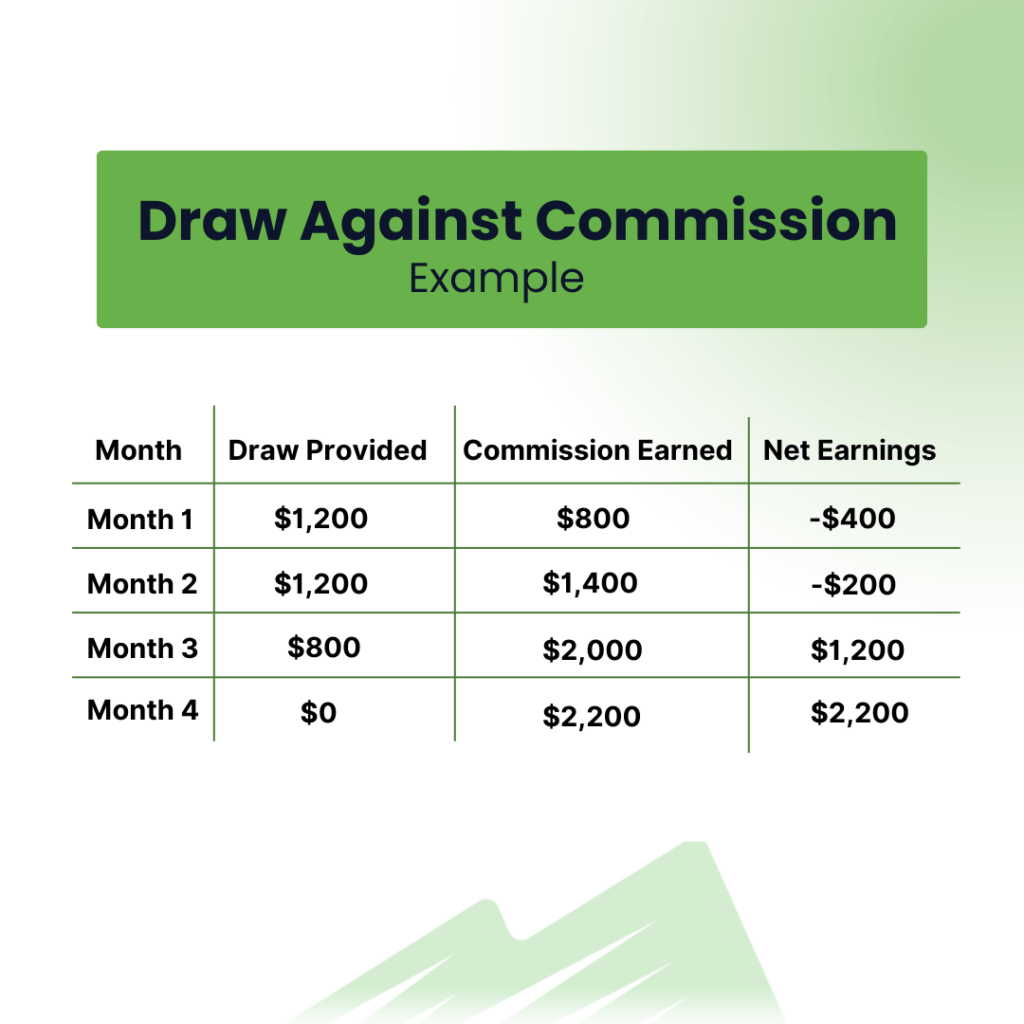Sales velocity is one of the most important sales performance metrics for any sales-driven organization. It shows how efficiently a team turns opportunities into revenue and how quickly that revenue moves through the pipeline. Whether managing a long sales cycle, selling high-ticket solutions, or optimizing a complex sales funnel, understanding and improving sales velocity can lead to faster, more predictable growth.
This guide explains what sales velocity is, why it matters, how to calculate it, and how to improve it using industry benchmarks, pipeline insights, and best practices.
What Is Sales Velocity?
Sales velocity measures how fast high-quality opportunities generate revenue. It is based on four key variables: the number of potential clients in your pipeline, average deal value, conversion rate, and sales cycle length. These factors reflect both the volume and the speed of your sales efforts.
How to Calculate Sales Velocity
To calculate sales velocity, gather the following sales pipeline metrics:
- Number of Opportunities – Qualified potential deals currently in the sales funnel
- Average Deal Value – The average amount of revenue per deal
- Conversion Rate – The percentage of leads that become paying customers
- Sales Cycle Length – The average number of days it takes to close a deal
Sales Velocity Formula
Sales Velocity = (Number of Opportunities × Average Deal Value × Conversion Rate) ÷ Sales Cycle Length
The result shows how much revenue your team generates per day, week, or month. This number reflects the health of your pipeline, the efficiency of your team, and the performance of your sales playbook. Some teams adapt the formula to match specific market segments, sales models, or stages in the customer journey.
Example:
Let’s say your team has:
- 40 qualified opportunities
- An average deal value of $30,000
- A conversion rate of 25 percent
- A buying process lasting 50 days
The formula becomes:
Sales Velocity = (40 × 30,000 × 0.25) ÷ 50 = $6,000 per day
That means your team is generating $6,000 in new revenue per day, based on accurate data from your CRM software.
How to Improve Sales Velocity
Sales velocity is made up of four inputs. Small improvements to each can have a major impact. Below are ways to increase velocity without sacrificing lead quality or customer experience.
1. Increase High-Quality Opportunities
- Refine targeting to focus on your ideal customer profile
- Align lead generation efforts with company size and market fit
- Filter out low-quality leads using better qualification processes
2. Raise Average Deal Value
- Offer higher-value deals through bundling or premium pricing
- Introduce new product tiers for larger clients or advanced use cases
- Upsell and cross-sell to increase total value per transaction
3. Improve Conversion Rate
- Coach sales professionals on objection handling and discovery
- Use customer relationship management tools to personalize communication
- Benchmark top reps to understand what drives higher close rates
4. Shorten the Buying Process
- Automate repetitive tasks and remove approval bottlenecks
- Create content that helps buyers progress through evaluation stages
- Follow a consistent sales playbook to guide each stage of the customer journey
Even with fewer total leads, increasing deal quality and pipeline velocity will result in stronger sales productivity and better performance.
Sales Velocity: Disadvantages and Caveats
Sales velocity is a valuable metric, but it has limitations. Use it alongside other sales and business indicators to avoid blind spots.
1. Not All Deals Are Equal
Some higher-value deals take longer to close but contribute more long-term revenue. Focusing only on speed may deprioritize strategic clients.
2. It Can Be Skewed by Outliers
A single large deal or short cycle can distort your average. Compare against industry benchmarks and past performance for accuracy.
3. It Ignores Customer Lifetime Value
Like inventory velocity in operations, sales velocity measures speed but not retention. It does not help you evaluate how long customers stay or how much they expand over time.
4. It Assumes a Linear Buying Process
In many industries, the buying process is nonlinear. Delays, re-evaluations, or multiple decision-makers may complicate the path to close.
5. It Overlooks Brand Influence
Improvements in brand awareness or external market changes may result in better-qualified leads. However, those changes may not show up immediately in your sales velocity metric.
Why Should You Measure Sales Velocity?
Sales velocity offers valuable, real-time insight into the effectiveness of your defined sales process. It helps leaders make data-driven decisions about sales priorities, team performance, and overall business health. Benefits of tracking sales velocity include:
- A clear view of how fast paying customers are closing
- Improved forecasting accuracy compared to prior sales periods
- Visibility into conversion trends across different types of opportunities
- A stronger link between lead generation efforts and revenue outcomes
- A competitive advantage through faster cycles and more consistent deal value
- More efficient resource allocation, especially when working with fewer total leads
Unlike surface-level sales metrics, sales velocity reflects speed, quality, and scalability at once.
Sales Velocity: A Simple Metric with Major Impact
Sales velocity is one of the most useful indicators for evaluating the speed and effectiveness of your sales process. It brings together multiple variables such as opportunity volume, deal value, conversion rate, and cycle length into a single metric that supports strategic planning and day-to-day execution.
To get the most from sales velocity, pair it with other key metrics like close rates, average purchase amount, customer acquisition cost, and customer lifetime value. This broader perspective helps your team make smarter decisions, improve the buying experience, and maintain a competitive edge over time.
For more sales tips, guides, and more, visit The Peak Blog.
















